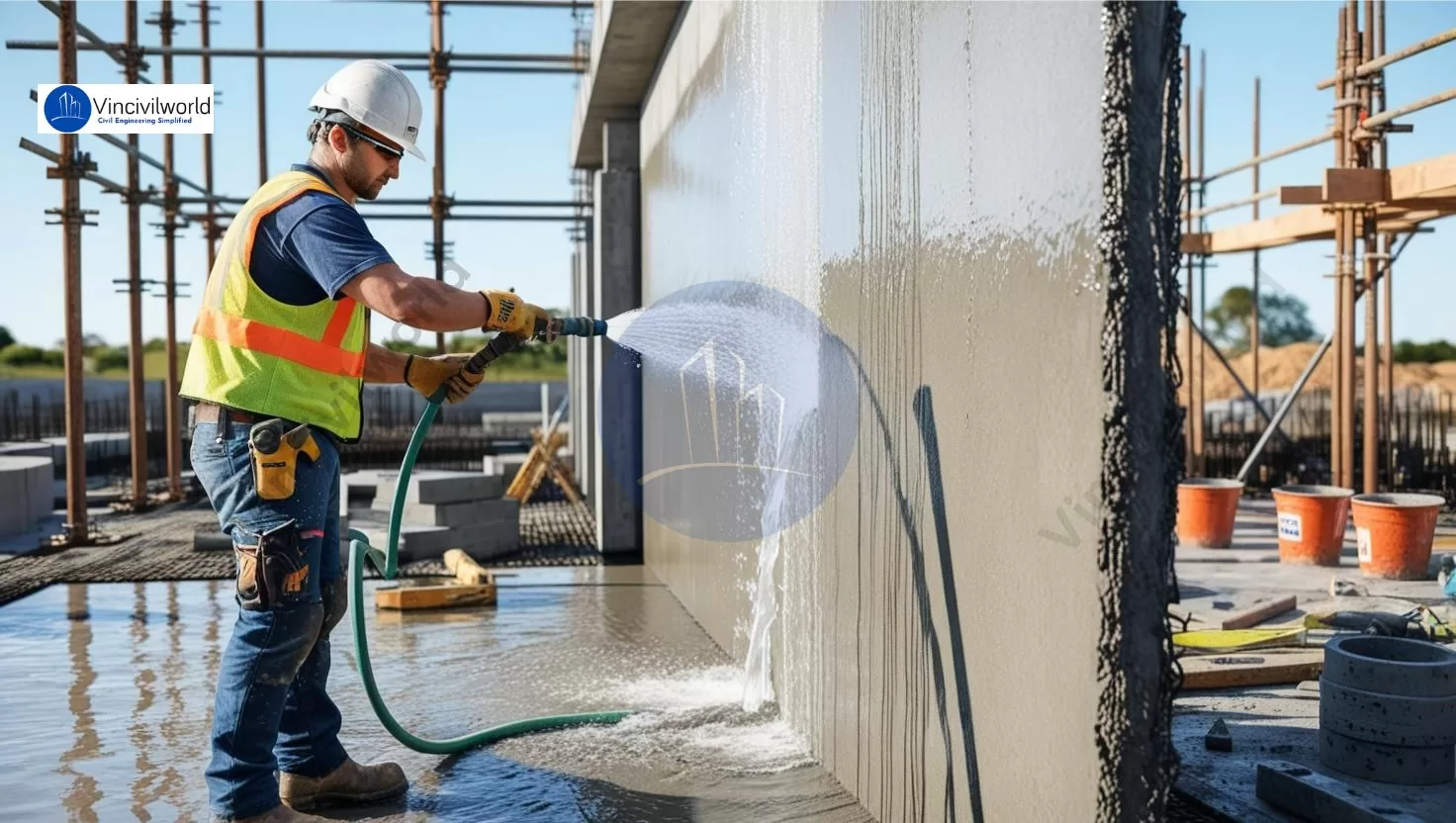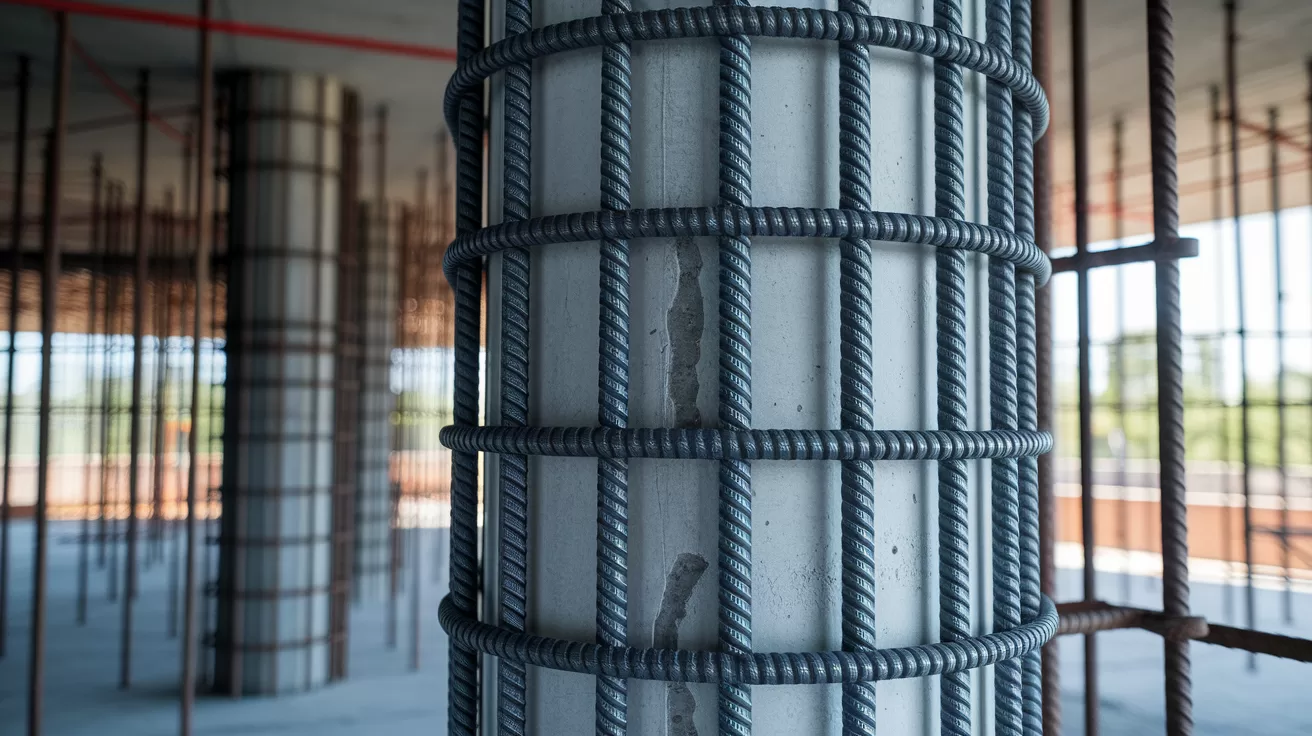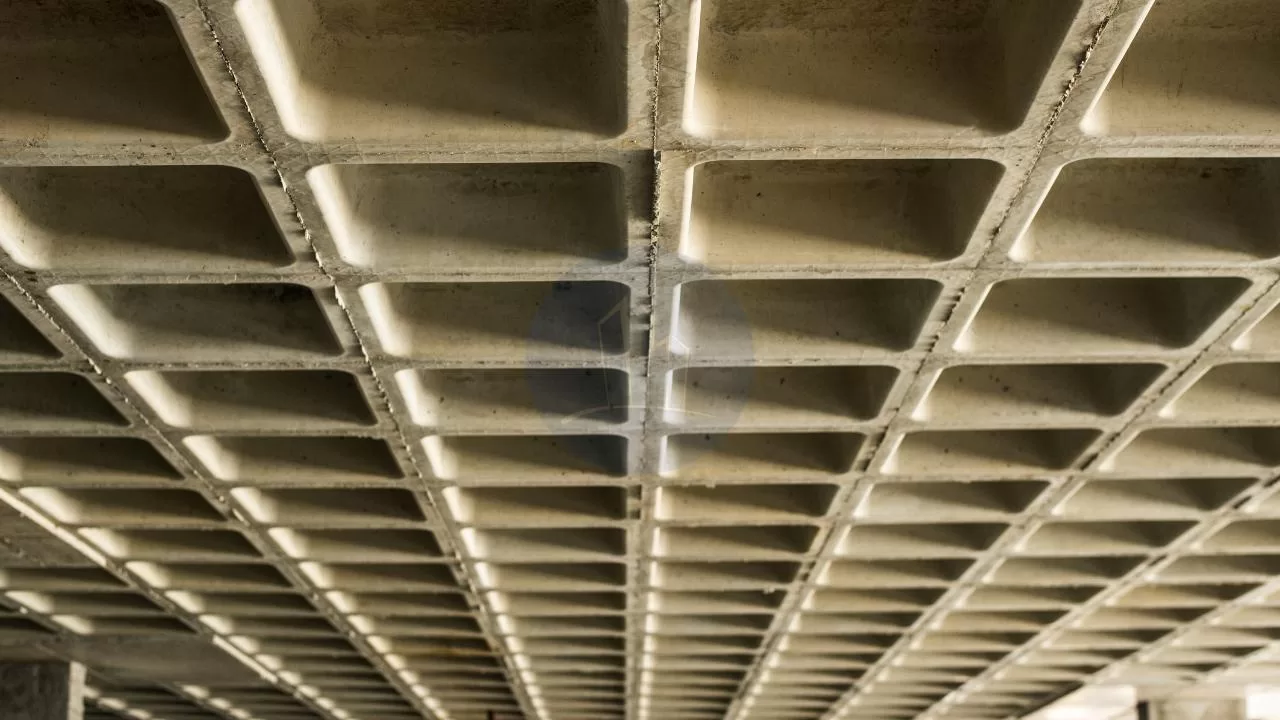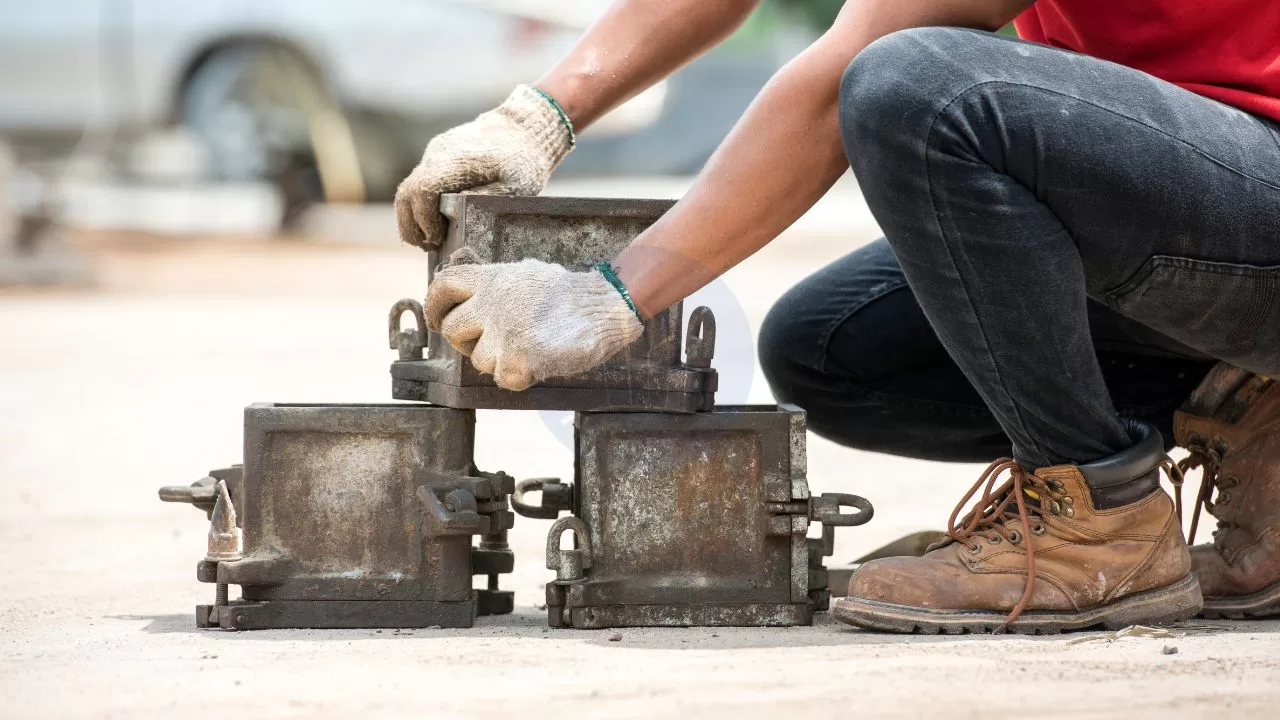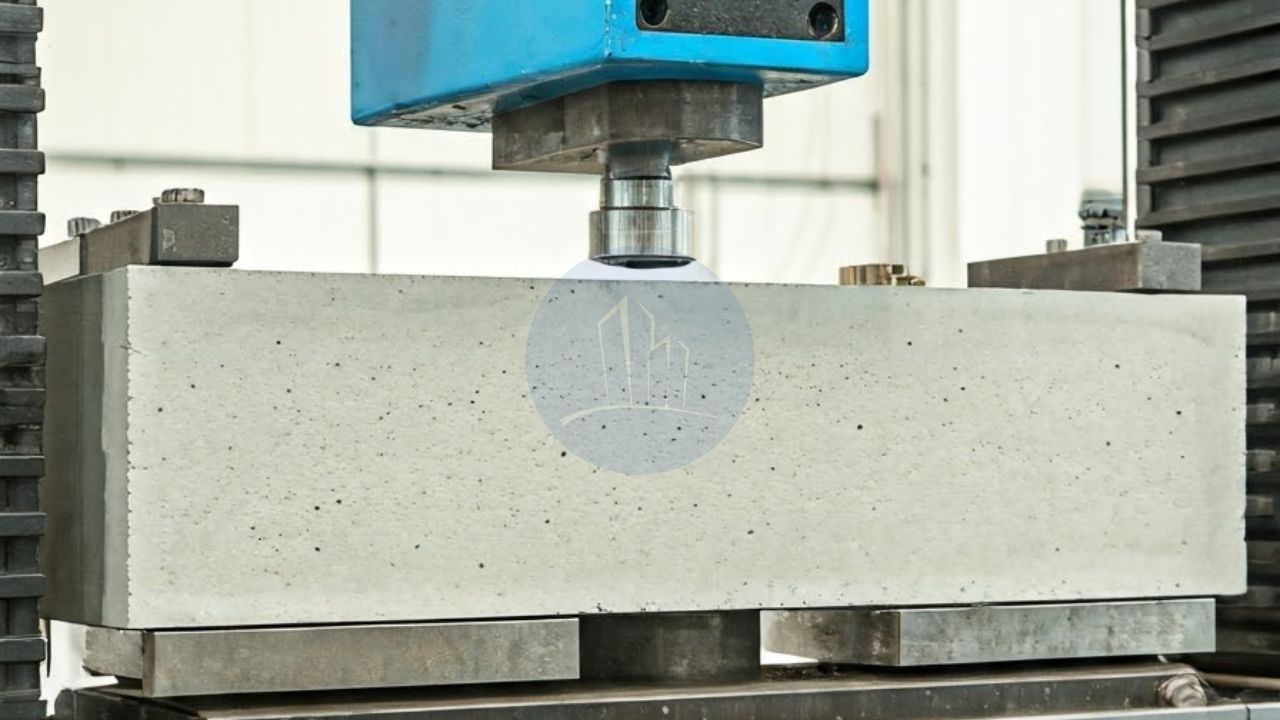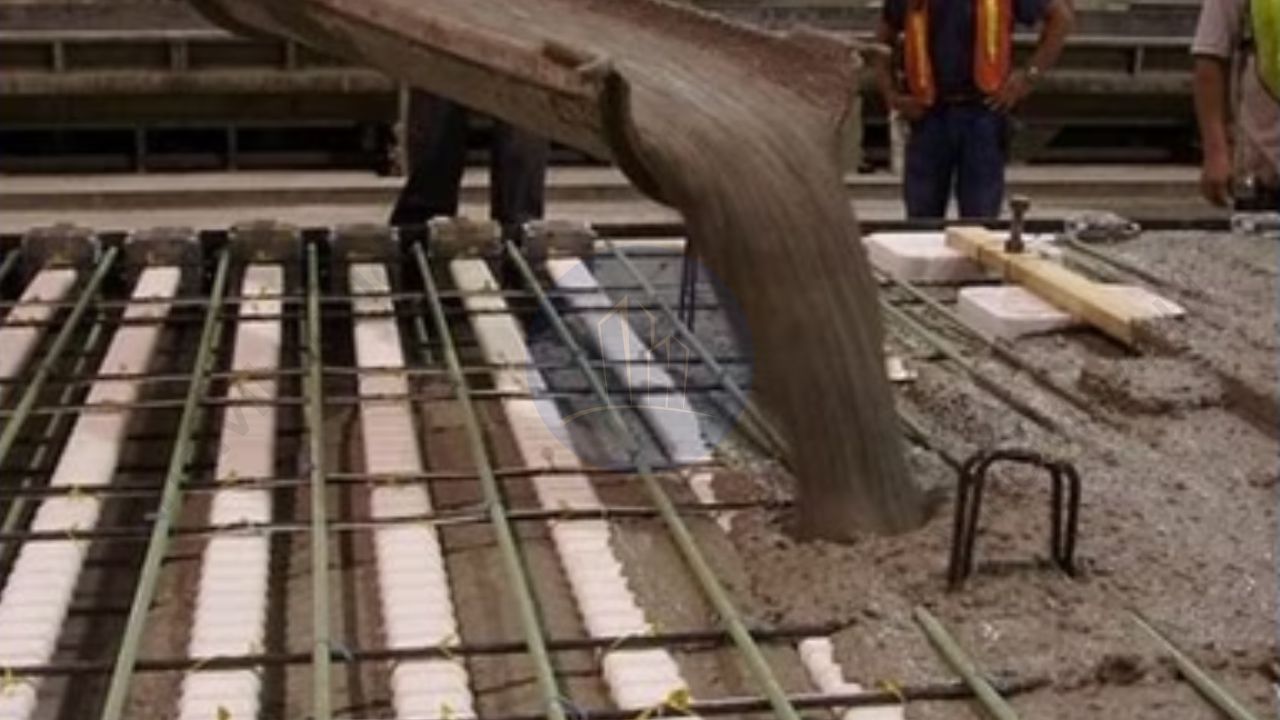Plain Cement Concrete (PCC) in Construction : Comprehensive guide
PCC concrete of Plain Cement Concrete (PCC) is without reinforcement steel. Plain cement concrete (PCC) is high in compression and very low in tension. Plain cement concrete is commonly used over the ground to keep footing reinforcement from coming into direct contact with the soil. What do you mean by Plain cement concrete? How to select a concrete? What are the ingredients of plain cement concrete? Work procedure for placing plain cement concrete?


